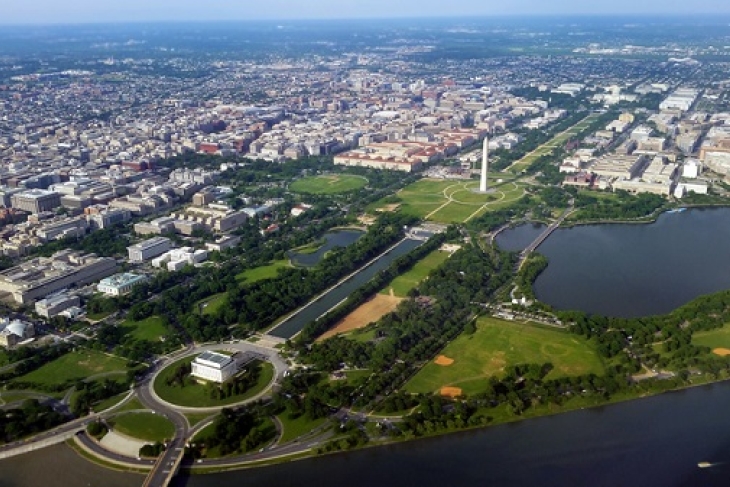We have faced nearly a year's worth of bad news about District of Columbia Public Schools (DCPS), from high teacher turnover, to faked suspension data, inflated graduation rates, the resignation of its chancellor, and residency fraud. This steady drumbeat has undermined confidence in the city’s traditional public schools—far more than is warranted in my opinion. DCPS is a vastly better school system than it was in 2007, when Michelle Rhee and Kaya Henderson took the reins.
But this essay is about the other half of public schools in DC, the 120 public charter schools educating 43,340 students—nearly half (47.5 percent) of the city’s public school students. I am the executive director of the DC Public Charter School Board, and the story of our sector in the nation’s capital is mostly one of continued success, growth, popularity, and quality improvement. This is worth writing about because the bad news about DCPS may be drowning out what continues to be a remarkable story of the success of public charter schools.
First, none of these news stories has been about public charter schools. Our graduation rates check out—because for years the DC Public Charter School Board has audited the transcript of every graduating senior. Our discipline data have never been questioned. And there have been no allegations that anybody has jumped the lottery queue at a DC public charter school. Of course, we're not perfect. In a sector as diverse as ours, there will be unflattering news to uncover. But at least so far, none of the year's bad news has touched DC's charter sector.
Second, quality keeps improving. The NAEP-score "flatline" stories that have dominated the education policy news cycle this month just don’t apply to DC's public charter schools. Instead, our scores are up since 2015 in three of four grade/subject areas, with fourth-grade reading scores climbing five scale-score points. That's more than any state in the nation. And our overall growth over the last decade is greater than any other state or district: seventeen scale-score points in fourth grade math, nineteen in fourth grade reading, and twelve in eighth grade math. Each of these represents over a year's worth of learning gains. Only in eighth grade reading are our scores disappointing, down two points over the past ten years and lagging far behind our big-city peers.
Our school leaders deserve much of the credit for this growth, but as the city’s sole authorizer, we at the DC Public Charter School Board get some credit, too. Since 2007 we have overseen the closure of forty low-performing public charter schools, all the while aggressively supporting growth for our highest-performing schools.
Third, demographic changes aren’t driving our academic gains. Public charter schools continue to enroll higher percentages of black and low-income students than DCPS, as well as the same percentage of students with disabilities, and higher percentages of our most disabled children.
Fourth, even as our quality improves, our schools have made remarkable progress reducing exclusionary discipline. Out-of-school-suspension rates are down by half since 2011–12, to under 7 percent. And expulsions are down over 80 percent, to less than 0.25 percent—about the national average. We've achieved this through transparency and communications, not through mandates. (Though, disappointingly, our city council is now threatening to regulate school discipline.)
Finally, demand keeps growing. Despite our Board adding nearly 9,000 public charter school seats since 2013–14, the number of unique families on public charter school waitlists has risen from 7,205 in April 2014 to 11,317 in April 2018. Two-thirds of our public charter schools saw their waitlist length increase from last year to this year. This, in one sense, is a measure of our success because it shows that families want a great public charter school. But it is also a measure of our failure—and that of the DC government—to provide residents with enough quality schools and the facilities to house them. We need to do better.
The views expressed herein represent the opinions of the author and not necessarily the Thomas B. Fordham Institute.

